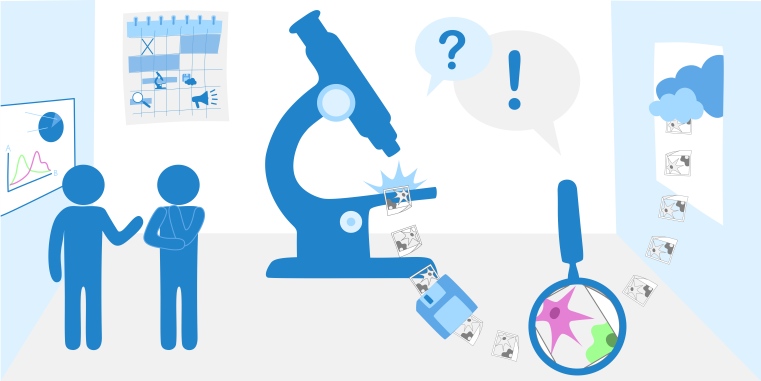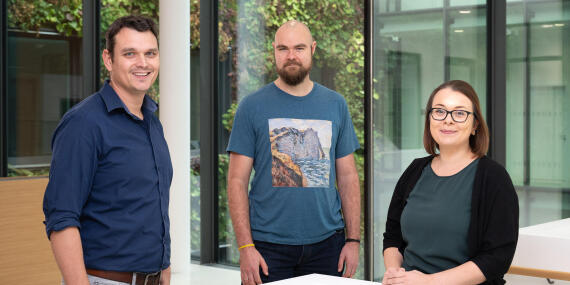
Münster Imaging Network – Microscopy
Our team provides a wide range of microscopy systems featuring the latest methods and technologies for biomedical research, and supports users in their application. In addition, we familiarise you with the underlying data management practices – promoting transparency, quality, and reusability in research. We offer tailored advice on experimental design and image analysis, as well as hands-on support for your experiments and for publishing your research. Together with our colleagues in preclinical imaging we form the Münster Imaging Network. We are embedded into the Cells in Motion Interfaculty Centre (CiM), that connects and supports researchers in the field of cell dynamics and imaging across working groups and faculties. Our network is listed in „RIsources”, the research infrastructure registry of the German Research Foundation (DFG). In addition, our microscopy platform is part of NFDI4BIOIMAGE, a consortium within the DFG-funded National Research Data Infrastructure (NFDI).







